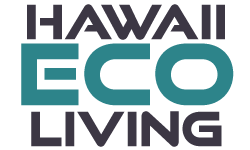Cohousing is a fascinating model of intentional community. It originated in Europe, particularly Denmark. It’s success in the US (at least 135 identified communities in the US) is at least in part due to the fact that it looks and operates similar to existing ownership models, particularly condominiums.
Cohousing communities are distinguished from conventional models by an increased emphasis on shared facilities and collective management structures. The square footage of units tends to be smaller, and decision-making is often consensus. They also tend to be designed to foster social interaction with parking lots and driveways pushed to the sides and pedestrian walkways connecting units that face towards each other.
The similarity to conventional models means that they are the communities most accessible to average, middle-class Americans. As a result Cohousing communities are more often “developer driven” than other kinds of communities. Meaning, they are constructed, physically and legally, by an individual or company who may or may not actually live there, and who sells units to individuals or families either after their built or after the property is purchased. This makes it much more tenable to get a new community off the ground (or, on the ground I suppose). The other benefit of this is that it’s a business model that financial institutions are familiar with.
Source: The importance of Cohousing


 Cohousing is a fascinating model of intentional community. It originated in Europe, particularly Denmark. It’s success in the US (at least 135 identified communities in the US) is at least in part due to the fact that it looks and operates similar to existing ownership models, particularly condominiums.
Cohousing is a fascinating model of intentional community. It originated in Europe, particularly Denmark. It’s success in the US (at least 135 identified communities in the US) is at least in part due to the fact that it looks and operates similar to existing ownership models, particularly condominiums.